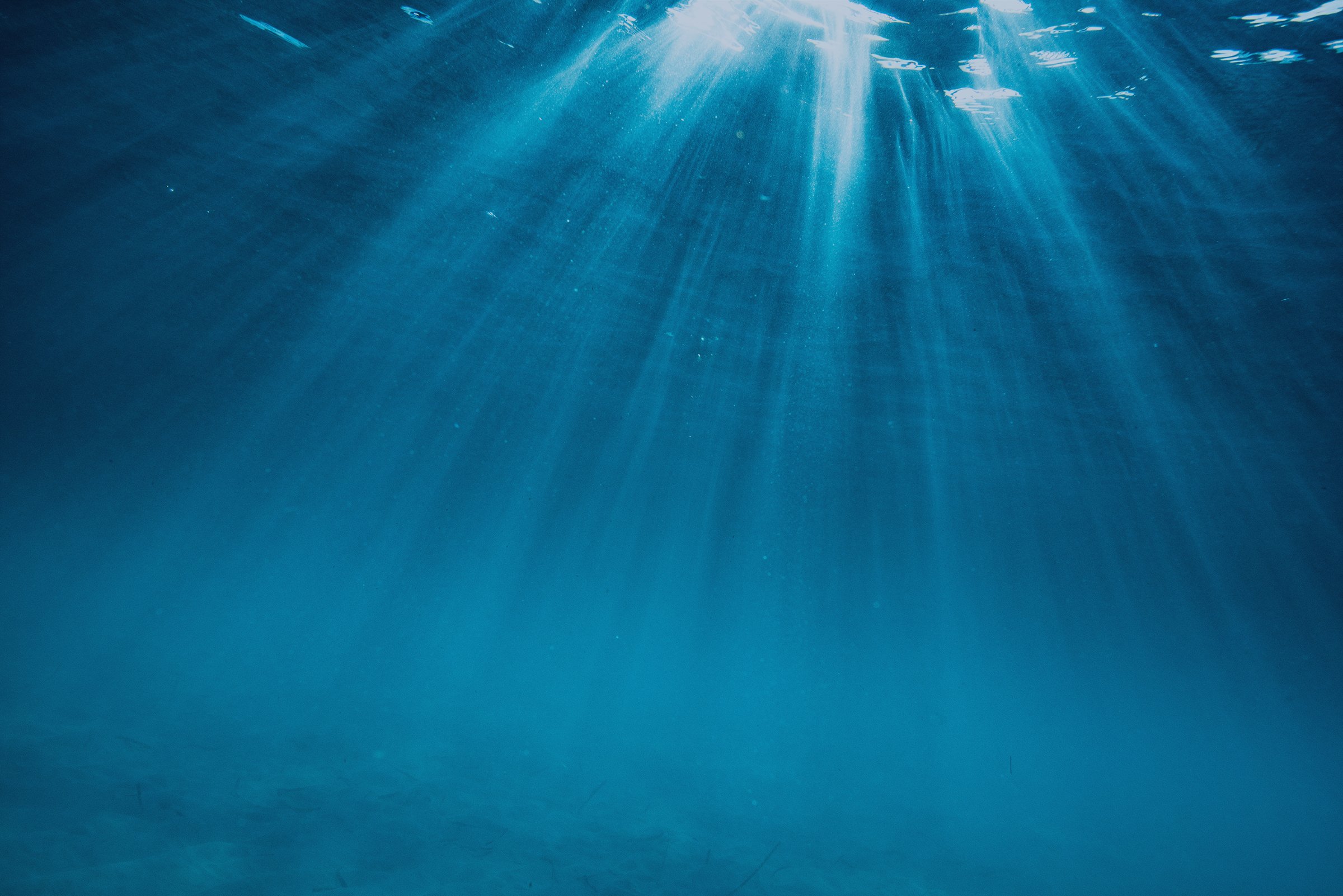
Water Column

Mirror Lake Long-Term Monitoring Pays Off
Long-term environmental monitoring is notoriously difficult to fund and challenging to keep going. Yet, the return on investment is significant, and we know that to protect and manage our natural resources, we need good data. Mirror Lake is a prime example of how long-term monitoring can improve water quality and lake health.
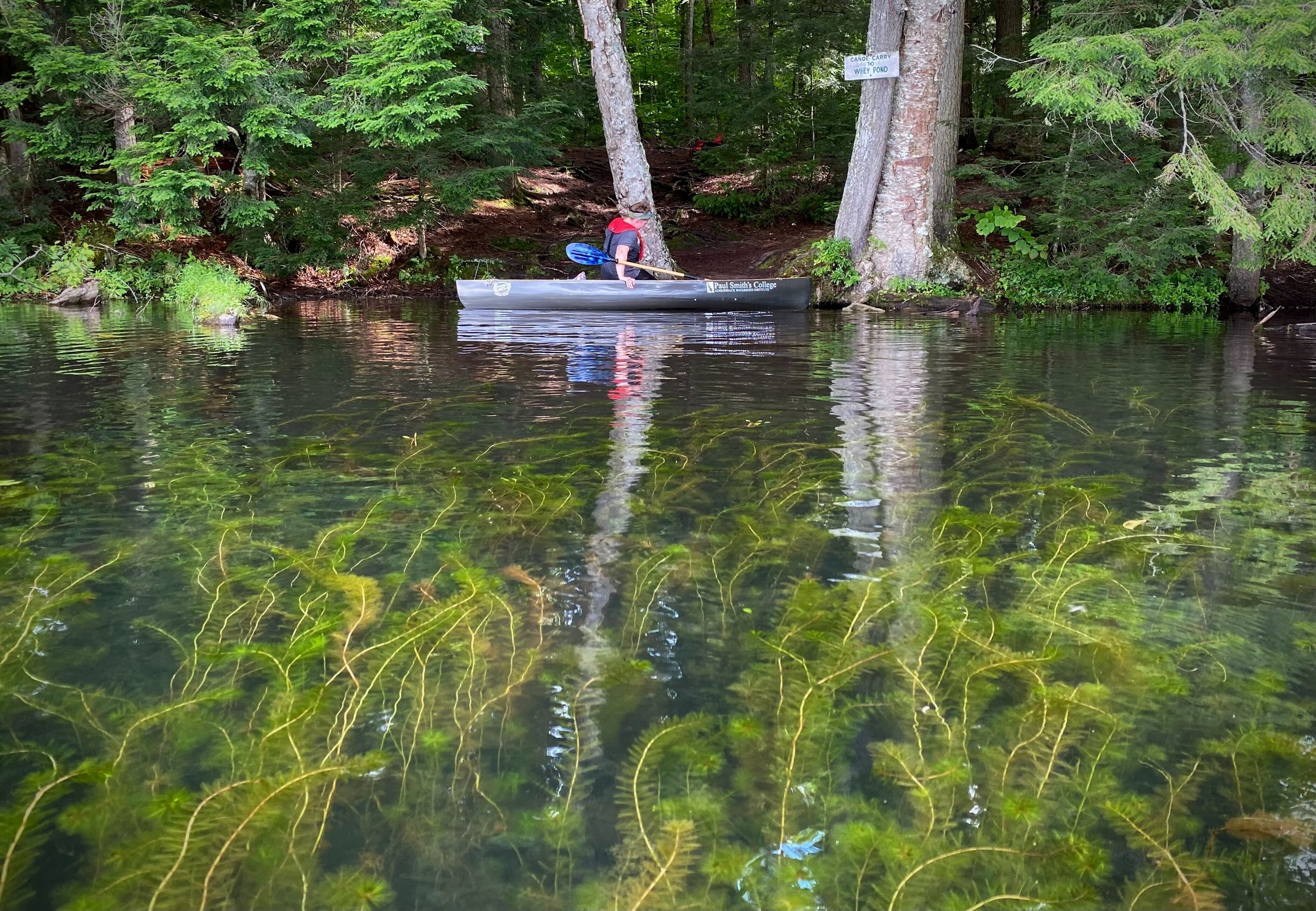
Building an Invasive Species: What makes them invasive?
One of our key objectives here at the AWI is to protect our waters through our Watercraft Inspection Stewards, who do an amazing job every summer of catching invasive species and decontaminating boats to prevent the spread of invasives. Whether you are a boater who has met one of our decontamination stewards before or are a routine Clean, Drain, Dry advocate, you may be wondering: what actually makes a plant or organism invasive?
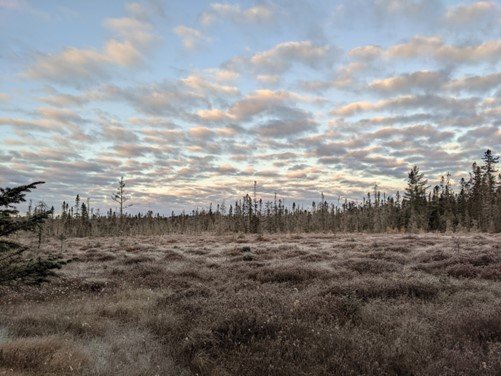
For Peat’s Sake
It’s November and that means that the UN Climate Conference is in the news. COP27 – the 27th meeting of the Conference of Parties – is happening in Egypt; these conferences are the foremost global forums for multilateral discussions of climate change. Among the important topics of discussion at this year’s meeting is the fate of the world’s peatlands.
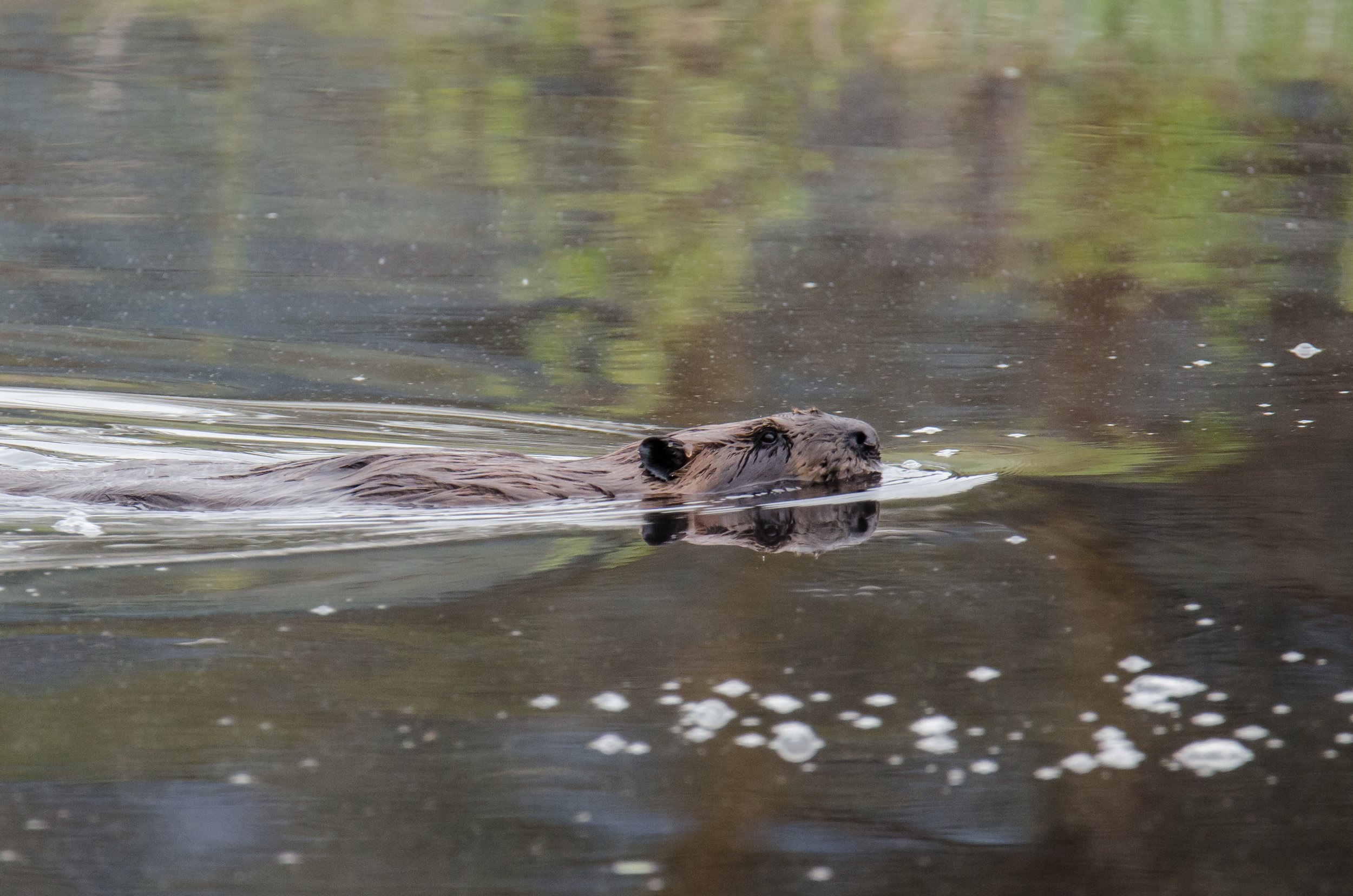
Beavers and Brook Trout
In the Adirondacks there are many iconic duos, Adirondack chairs on the lakeshore, snacks on a summit, and loons on a lake. However, to some people, there is nothing more satisfying than the calmness found on a remote beaver pond fishing for brook trout.
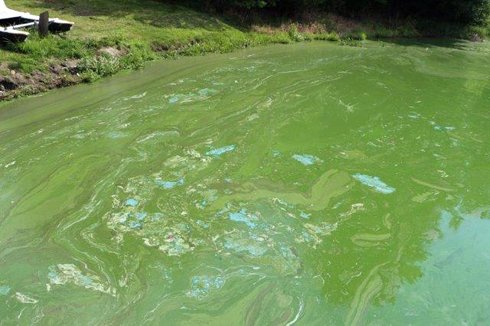
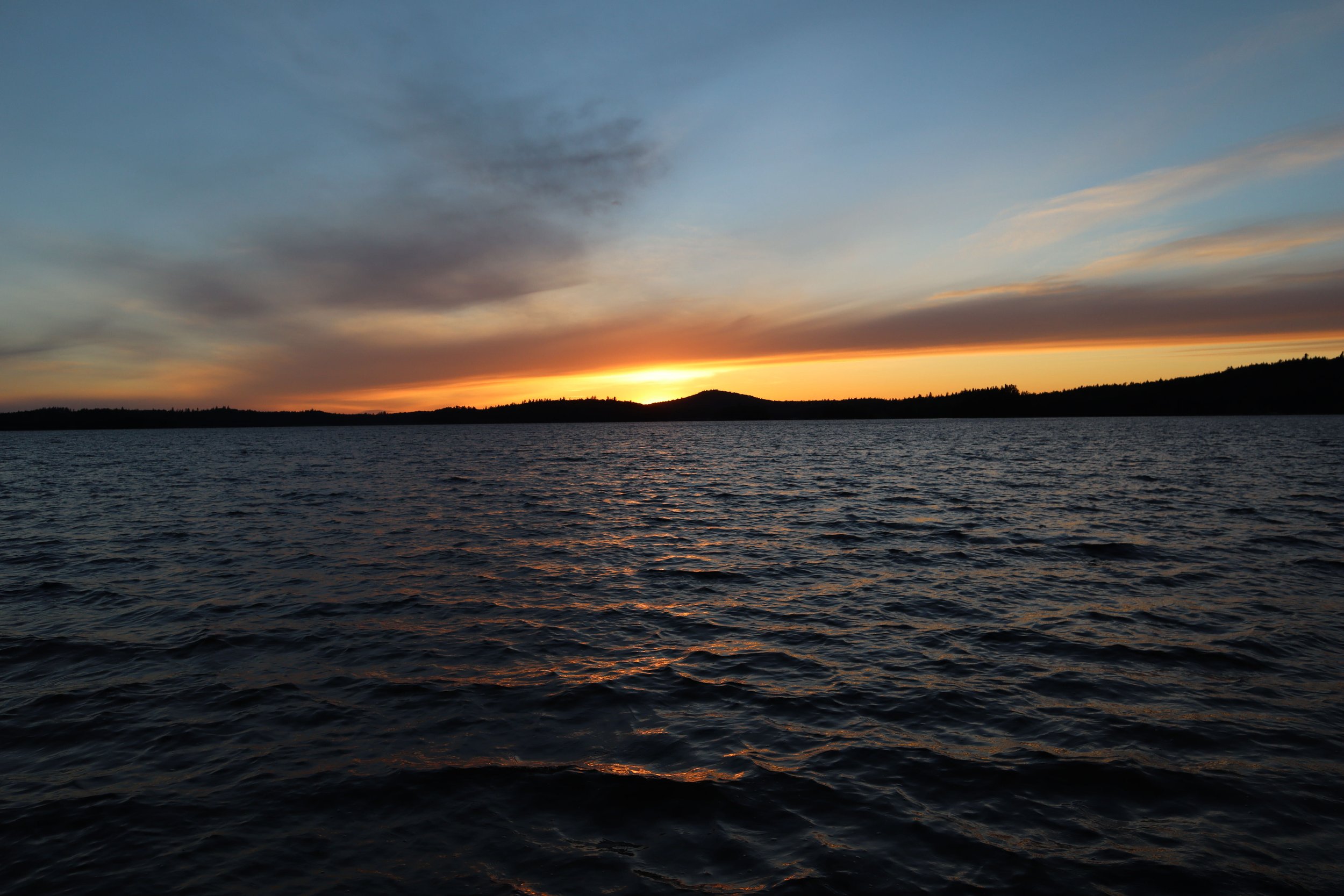
Connecting Community with Clean Water
There’s no shortage of places to explore in the Adirondacks. The Adirondack Park consists of more than 3,000 lakes and ponds, and over 30,000 miles of rivers and streams. I’ve been fortunate to have spent much of my life within an hour of the Adirondack Park, exploring these waters and the woods that surround them.
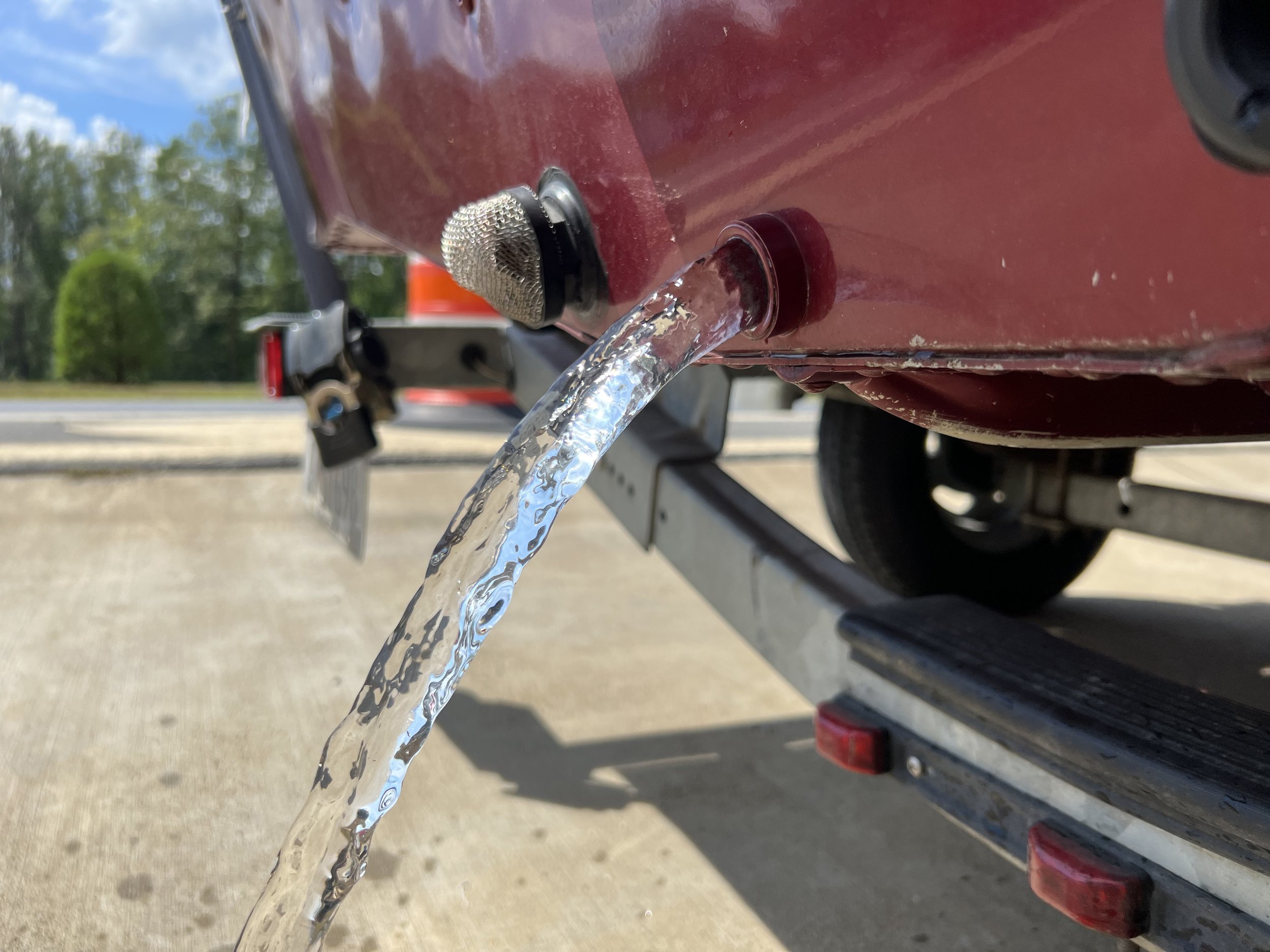
L’Amour at the Launch
Inspecting and decontaminating vessels of all imaginable types gives us the much-appreciated opportunity to view an amazing variety of watercraft and to meet a broad spectrum of genuinely terrific water enthusiasts. In 2022, we saw everything from jaw-droppingly gorgeous fishing boats with unimaginable candy flake finishes to personal watercraft over a decade old, which were cosmetically indistinguishable from models fresh off the production lines, to color-coordinated towing rigs pulling brand new boats and trailers of matching hue (and receiving their first launch ever!), to meticulously preserved mahogany speedsters from the 1930’s, to a restored and previously ocean-going fishing trawler from the 1960’s, to handmade Adirondack guide boats and canoes, to double-decker pontoon boats which actually had second stories where slides would be installed and personal mini waterparks would be created out on our waterbodies.

Reflections From A Steward: Nicole Zlotnick
Being a steward has been an amazing experience thus far on my path in an environmental career. I became interested because of my love for the environment and our water systems. I have gained knowledge about how invasive species spread and their impact on ecosystems, as well as identifying native and non-native species.
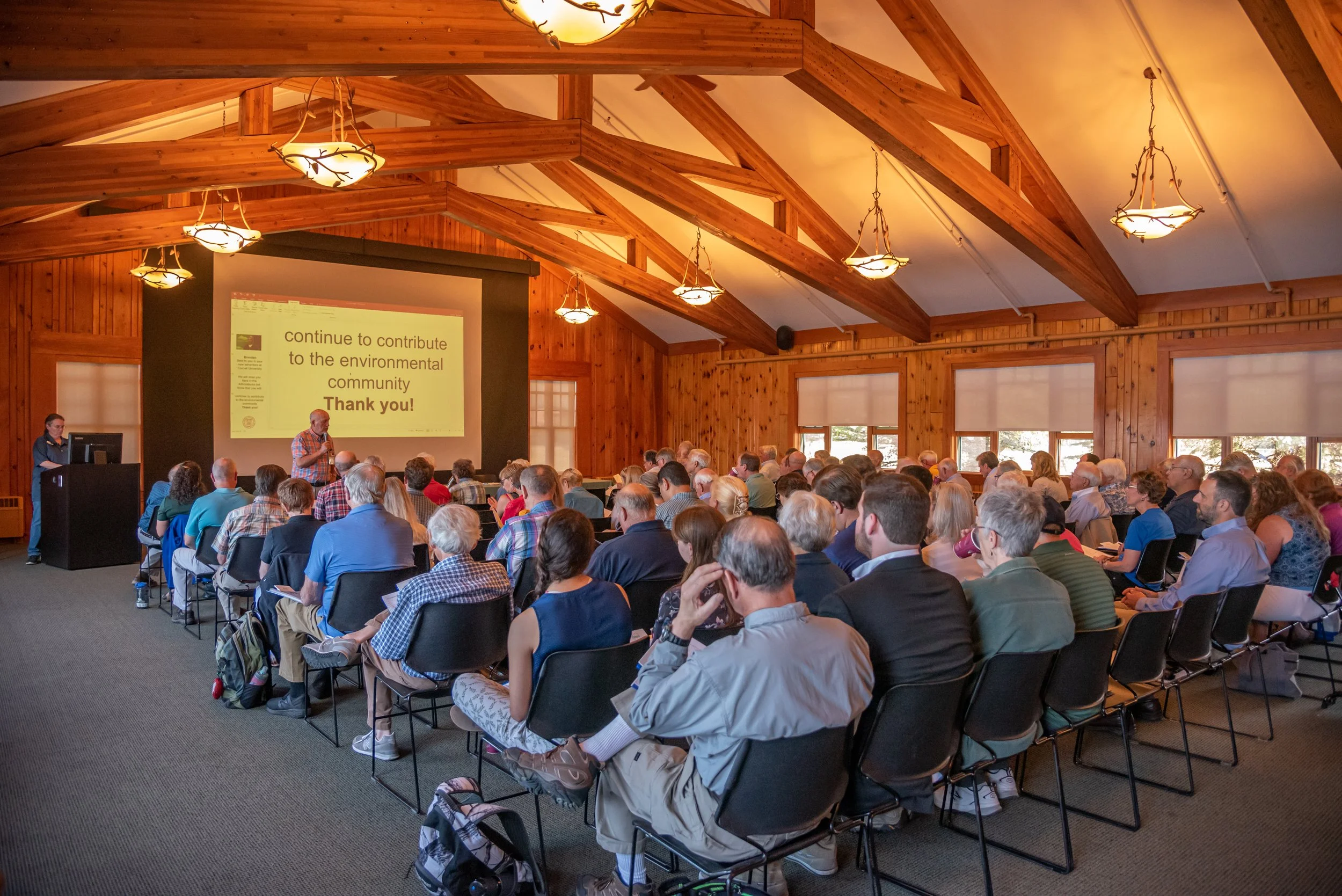
Place-based watershed planning
Community-based plans not only serve as a launching point for local initiatives, but they set up a road map to help communities secure future funding. State agencies often require some level of planning in place for a community to be eligible for future state grants. Such planning demonstrates consensus building and strategic thinking.
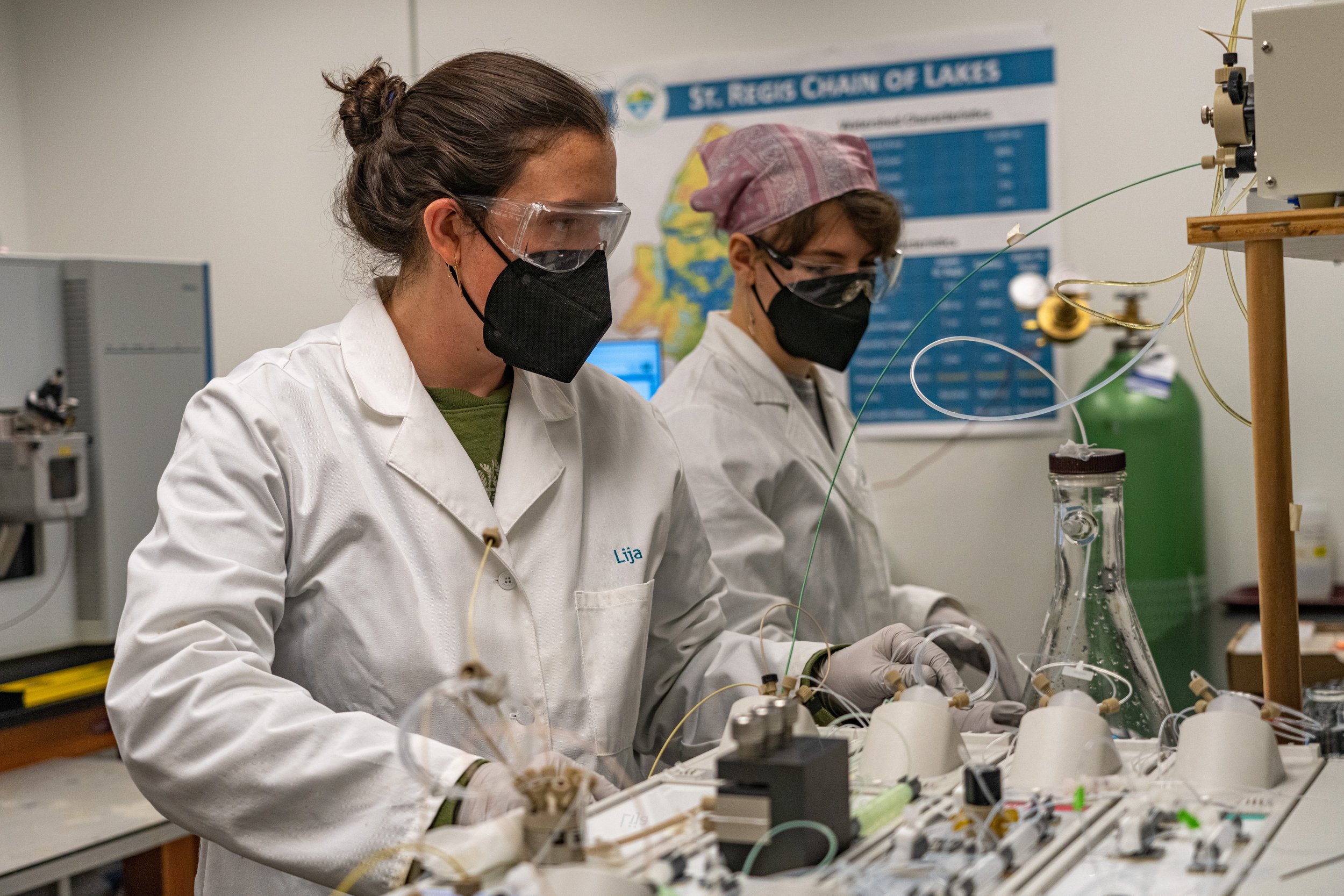
ELAP Certification: What is it, and why did AWI get certified?
In April 2022, the AWI Environmental Research Laboratory became certified under the New York State Department of Health’s Environmental Laboratory Approval Program (ELAP). This certification will help advance AWI’s work, and that of our partners, to protect clean water in the Adirondack region.

June is for the birds
Every year I have to reconcile the fact that my definition of summer is now vastly different from what it was when I was growing up. These days, by the time my kids get out of school, I feel as though summer is nearly over and that’s because, for birds, June is the month.
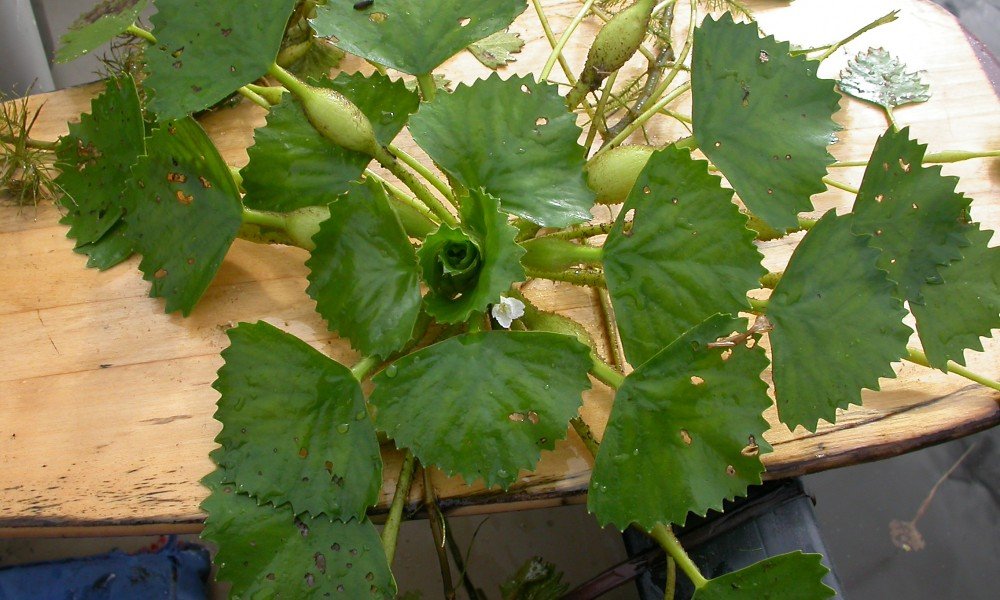
Where do water chestnuts come from?
The water chestnut is an aquatic invasive plant that is native to Eurasia. This plant is often found growing in shallow, nutrient-rich lakes and slow-flowing rivers. The Eurasian Water Chestnut, Trapa natans, has been established in the United States for more than one hundred years. The water chestnut was first introduced to the Northeast in the late 1800s and was heavily established in the Hudson River by the early 1900s. Its persistent seeds and extensive growth patterns make this plant an effective aquatic invader.
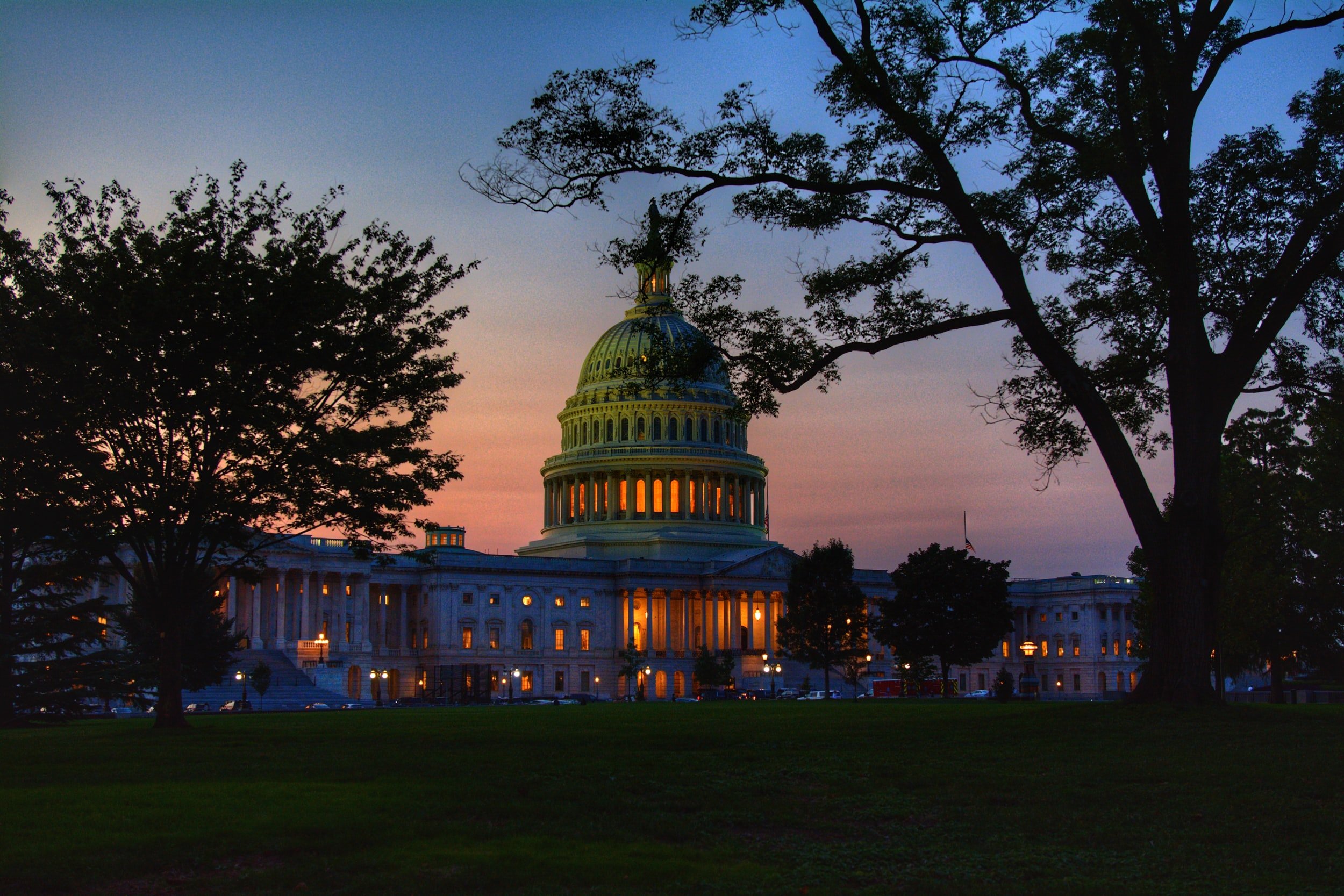
Celebrating the 50th Anniversary of the Clean Water Act
This year marks the celebration of the 50th anniversary of the Clean Water Act (CWA)! We hope that you will join us in celebrating this milestone through various programs and events held this year. We will be highlighting the 50th anniversary during Adirondack Water Week, August 5th-14th.
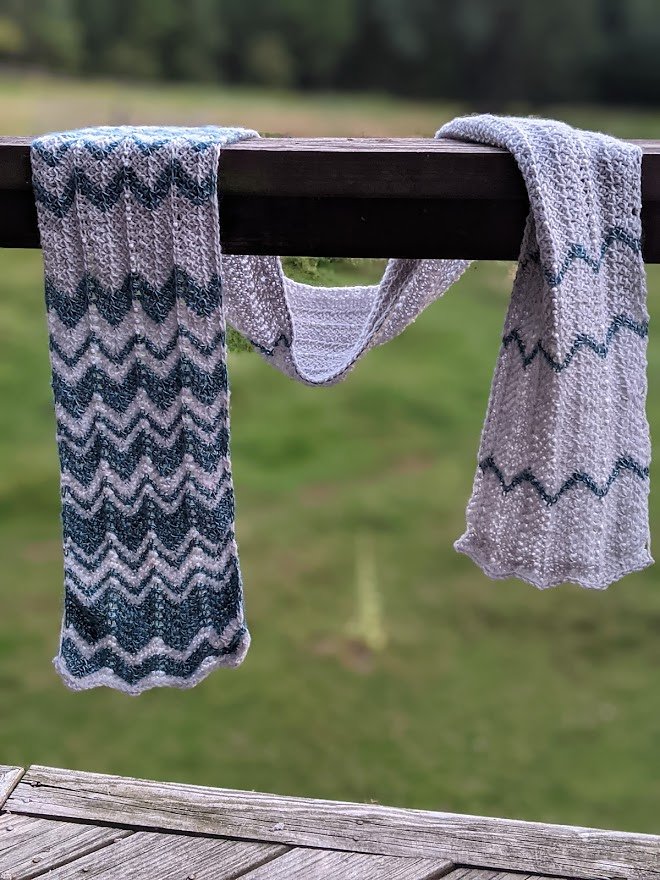
Art and Science, Wool and Water
If you ask me what art has to do with science, I’ll hesitate to answer because I am such a scientist that I’m afraid of saying something inaccurate about art, in which I have no training whatsoever. But if you ask me what knitting and crochet have to do with science, ah – everything.

What does less ice mean for Adirondack lakes?
A warming climate in the Adirondack region is causing a shorter duration of ice cover on regional lakes each winter. There are a variety of ecological, economic, and social impacts that result from reduced ice cover. They range from a reduction in opportunities to ice fish to alterations in habitat availability for fish during the summer months.

Asian Clam (Corbicula fluminea) Literature Review
Asian Clam is among the three worst non-indigenous invaders in the United States. This bivalve mollusk indigenous to Asia, Australia, and Africa now currently inhabits freshwater habitats in the Americas and Europe. Costs associated with its damages and management are around $1 billion per year.
